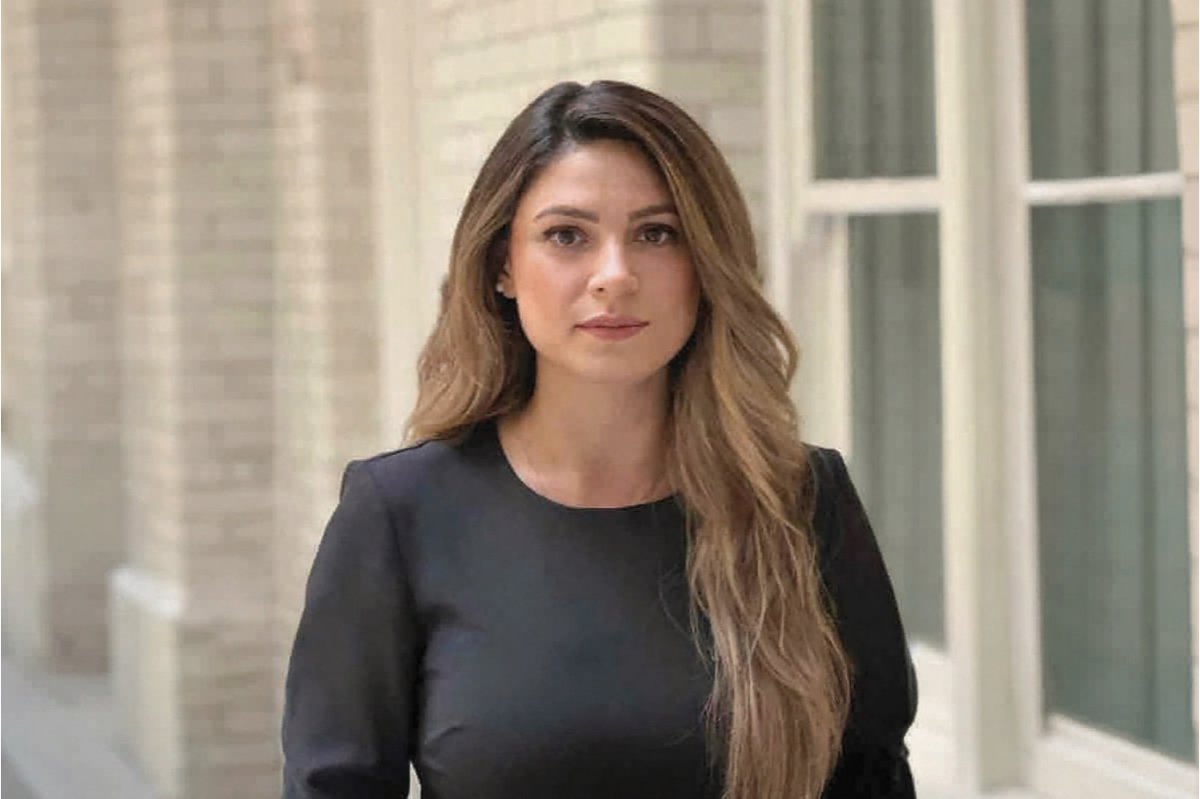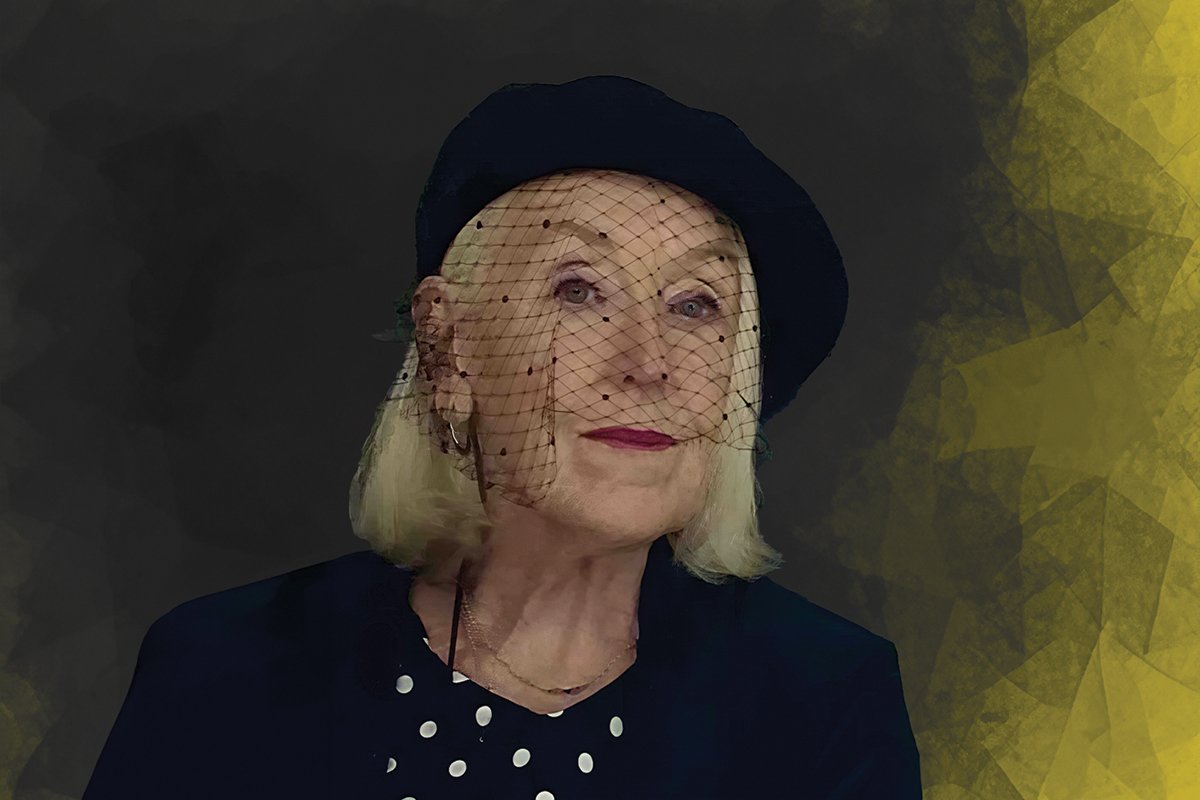Alexander Deschamps – Building Community through Art

Deschamps on launching Neighbors Gallery to spotlight unconventional, underrepresented art in New York
Alexander Deschamps shares his creative journey, discussing the playful yet profound art he creates, his community-centered gallery, Neighbors, and his commitment to championing outsider and underrepresented voices in the art world.
Alexander Deschamps embodies a dynamic blend of creativity and purpose, and his influence resonates powerfully within New York’s art scene. Known for his vibrant visual language, he weaves together elements of pop culture, politics, and urban life, creating work that is as thought-provoking as it is visually arresting. Deschamps’ art, characterized by a playful yet dark aesthetic, invites viewers to engage deeply with themes ranging from consumerism to environmental decay. His compositions transform everyday symbols—cartoons, signage, smiling animals—into layered commentaries that surprise and provoke.
Beyond his studio practice, Deschamps is a vital force within the community. His company, Vandeavors Fine Art Services, has supported New York’s galleries, collectors, and artists with care, and his latest venture, Neighbors Gallery, channels his commitment to noncommercial, underrepresented, and outsider art. What started as a small space shared with neighbors has grown into a roving gallery, one that celebrates community and the beauty of unconventional voices. Through Neighbors, Deschamps has created a vibrant platform for unique artistic expression, redefining what it means to support and sustain art outside the commercial sphere. His approach to art and curation, fueled by passion and an unmistakable vision, continues to enrich and enliven New York’s broader cultural landscape.
In this interview, Deschamps discusses the evolution of his artistic practice, his commitment to community-based art, and his vision for Neighbors Gallery’s future. His journey offers insights not only into the mind of an artist but also into the transformative potential of art as a force for social and cultural dialogue.
Alexander Deschamps is an artistic innovator whose work uniquely combines humor and depth, making viewers question and connect with bold messages.
How did your time at NYU shape your artistic practice, and what influences from that period are still present in your work today?
Basically, the university served as a soft landing for the life I have built for myself in New York City. Although NYU can be sort of a big, impersonal machine, their art school, housed inside of an old building away from the main campus, was a haven for me. The Barney building is on a pretty street in the East Village and the maze-like interior is full of nooks and crannies where young artists can get weird and be creative. I was there in the aughts, 2005-’09, and at that time there was a lot of great energy from the professors and student body. A fair amount of now successful artists were in my cohort. My only regret is that I was too busy smoking bongs and chasing tail to fully take advantage of my time there. I still work for the department here and there, helping them with art deliveries and logistics, and I like to joke that I went to NYU to become a truck driver.
Can you talk about your process of mixing dark themes with playful, colorful imagery? How do you strike that balance between comedy and tragedy in your visual language?
As soon as I could draw I was making cartoons and comics. For a long time growing up, I thought I wanted to be a comic book pencilist or an animator. My artistic style and ability lives in that sort of esthetic domain. Eventually, as I realized that my interests were more complicated, I wanted to do more than just illustration, I wanted to express my ideas artistically. Thankfully, I could still employ the skills that I had honed, but in a way that was less about storytelling, and more about evoking something deeper. We all grow up exposed to the big eyes and smiling faces of cartoons, and so using that visual language as an entry point into peoples’ imagination and then turning a little bit of whimsy on its head is a powerful tool for getting a message across. People are drawn to work that is colorful and bright, and when my paintings are successful, their initial attraction turns into surprise or curiosity as they decode the imagery and find there is more than meets the eye.
Your work often incorporates elements of pop culture and politics. How do you decide which aspects to highlight, and what role do these themes play in your overall artistic message?
I think relatability is important. That is why I’ve never really made completely abstract work. When people have something tangible to read into a piece, it helps them begin to engage with it. For example, imagery of faded highway signage can be used to say something about urban blight and decay. Or, in my more recent work, I am using images of smiling animals who are about to be eaten to say something about consumerism and climate change. The messaging is not explicit, however. There is never a right answer to one of my artworks. The important part is that questions are raised and the work prompts discussion.
What inspired you to start Vandeavors Fine Art Services, and how has working closely with other artists, galleries, and collectors impacted your own work?
After cutting my teeth in art handling for a few years after college, working in galleries and helping install their shows, I realized there was a little niche on the delivery side of things. I remember one of the art dealers I was working with griping about the cost of getting ten frames across town. A lightbulb went off in my head. I immediately started shopping around for a cargo van, and a few weeks later, I had a Chevy Astro. That is how Vandeavors was born. Twelve years later, it’s still a small operation. On a perfect day I can do two or three gigs and be in my studio by the afternoon.
As far as impact on my own work? I think any art handler would tell you that you become way more conscientious of the way things are built, how they get packaged and stored. Heavy and fragile art? Hell no.
In 2023, you founded Neighbors Gallery. What led you to take this step, and how has the gallery evolved since its transition into a roving pop-up in 2024?
As part of my art handling work, I’ve had a hand in putting together many shows and exhibitions on behalf of other artists and galleries. Eventually, after doing that enough, I wanted to play with the blocks myself, and put together my own toy.
I had done some independent curating but never had my own space. Neighbors was the brainchild of my partner, our upstairs neighbors (hence the name) and myself. We took out a lease on a small space in a minimall in Chinatown, and decided to split up the programming where we would each take turns putting on an exhibit every month. The space was a big success and we did some really different things, like a show devoted to the T-shirt and another show starring Department of Sanitation workers, for example.
Unfortunately we could not extend our lease on that space and so Neighbors became homeless. I had such a good time with the whole thing, and we had built such a good community that I asked if anyone would mind if I kept it going, and used the name at whatever venue would have me. I put on a couple shows in Greenpoint over the summer, and I’m looking into collaborating with a gallery in Williamsburg in the spring.
What do you hope to achieve through showing noncommercial, underrepresented, and outsider art at Neighbors Gallery? How do you see this contributing to the broader art community in New York?
As a curator, I haven’t made a red cent. In fact, thus far, my whole art career has been a losing enterprise if you were to look at it through a financial lens. Obviously, that is not the point. I make my money with Vandeavors, as we already discussed. When a gallery is unbound by financial concerns, the art is usually better and more interesting, anyway. Neighbors is not about making money, and I wouldn’t call myself an art dealer in that capacity. Rather, I think of it as a place to build community centered around artistic expression. There is a lot I would like to do and show that does not fall within the conventional scope of what you might call Contemporary Art, where a fancy degree and professional context are integral to an artist’s value. This is why artist run spaces are so important. People from all walks of life have an opportunity to be seen and heard and the spaces and the exhibitions become expressions of their own. The weirder the better, I say.












